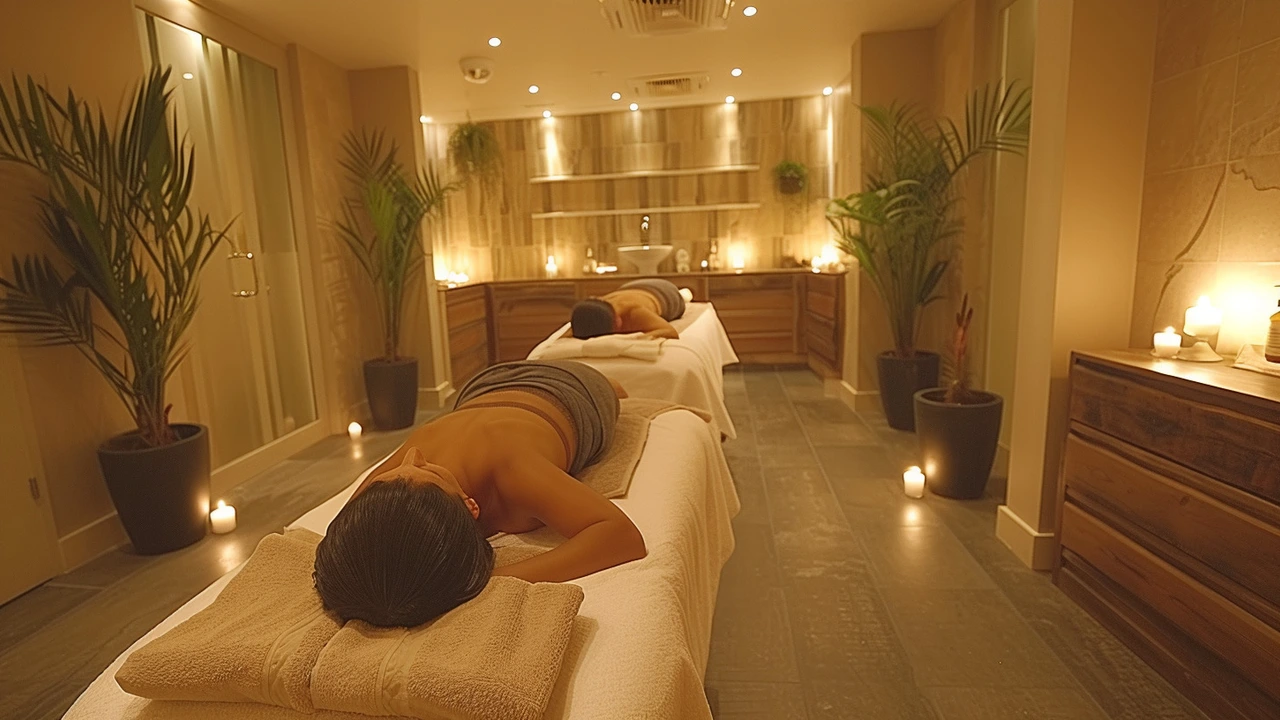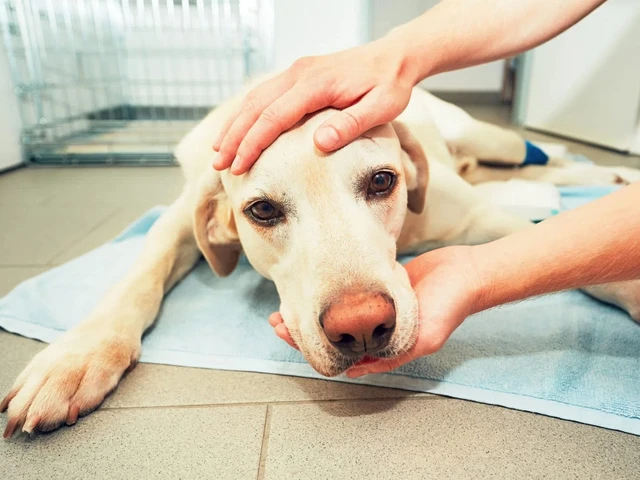Holistic therapies for dogs: safe, simple ways to help your dog feel better
Want to try natural approaches to help your dog move easier, relax more, or recover faster? Holistic therapies can do that when used wisely. Think of them as extra tools that work alongside vet care — not replacements.
Here’s a quick rule: always check with your vet before starting anything new. That keeps you from making a well-meaning change that could actually harm your dog.
Common holistic options
Canine massage: This is one of the easiest things to try at home. A 5–10 minute gentle rub after a walk can loosen stiff muscles, improve circulation, and calm an anxious dog. Focus on long, slow strokes along the neck, shoulders, and back. Stop if your dog pulls away or shows pain.
Acupuncture and dry needling: Many rehab vets and certified practitioners use acupuncture to help dogs with arthritis or chronic pain. Some dogs show real improvement in mobility and appetite. Always use a certified veterinary acupuncturist — people who work on humans aren’t a substitute.
Myofascial release and neuromuscular work: These hands-on techniques target tight spots and trigger points. Licensed canine physiotherapists or massage therapists can do this safely. It’s great for dogs recovering from injury or dealing with chronic stiffness.
Aromatherapy and calming scents: Scent can change behavior, but dogs are sensitive. Never use undiluted essential oils on skin. Avoid toxic oils like tea tree, pennyroyal, and wintergreen. If you try a diffuser, place it where the dog can leave the room and use very low concentrations — or skip oils and use lavender-scented toys made for pets.
Nutrition and supplements: Small changes to diet can help energy, coat, and joint comfort. Fish oil (omega-3) and certain joint supplements often make a noticeable difference. Talk to your vet about brands and correct doses — more is not always better.
How to try them safely
Start small. Try a short massage session, one new supplement for a week, or a single professional acupuncture visit. Watch your dog’s appetite, energy, bathroom habits, and mood. If anything looks off, stop and call your vet.
Pick qualified people. Look for vets with rehab or acupuncture certification, or canine massage therapists with clear training and references. Ask questions: what’s their experience with your dog’s breed or condition? Can they show before-and-after examples?
Know when to avoid: don’t use massage over recent fractures, hot or swollen joints, or open wounds. Skip herbal mixes if your dog is on prescription meds unless your vet says it’s safe.
Mix and match. Holistic care works best with basic good care — proper diet, safe exercise, and regular vet checkups. Use therapies that fit your dog’s needs and lifestyle, and keep notes so you remember what helped.
Want a simple starter? Try a 7-minute calming massage, a short daily omega-3 supplement approved by your vet, and a consistent bedtime routine with soft music. Small, steady steps often lead to the biggest wins for your dog’s comfort and mood.

The Intriguing History and Evolution of Stone Massage
Ever wondered about the intriguing history and evolution of stone massage? This article will take you on a journey from the practice's ancient roots to its modern popularity. We'll delve into the stone massage's unique charm, how it has evolved through time, and its significant influence on wellness and relaxation practices in today's fast-paced world. Join me, as we unwrap the fascinating story behind this enduring treatment.




